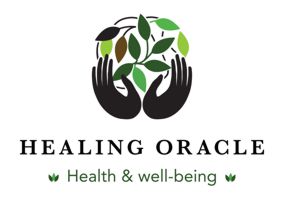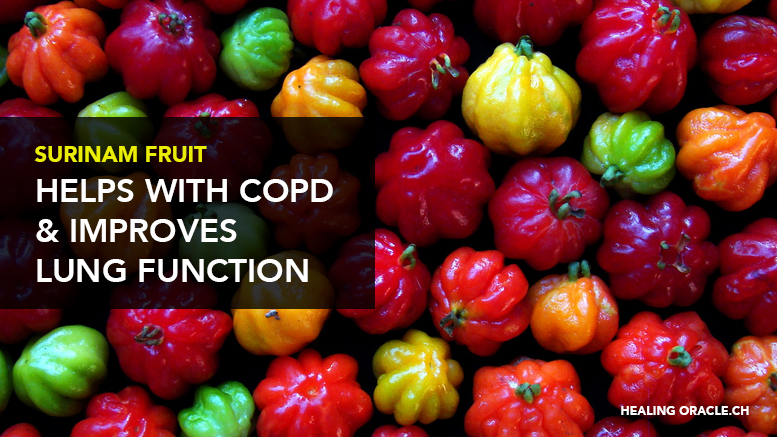The fruit of the Surinam cherry is very highly flavored, tasting similar to a mango. Information obtained from the Western Sustainable Agriculture Research and Education reveals that the fruit is rich in Vitamin C, phosphorus, calcium, iron, riboflavin and niacin, as well as being an excellent source of vitamin A.
Surinam cherry is often called Brazilian cherry, Cheyenne cherry, or Pitanga. It belongs to the uniflora species, part of the myrtaceae family. This is the same family that myrtle comes from.
The Surinam cherry is a popular ornamental shrub, commonly used for landscaping throughout the warmer states of the U.S., although it is native to the Amazon rainforest, the south of Brazil, French Guiana, Uruguay and Guyana. The leaves of the Surinam cherry contain various essential oils such as turpentine in the form of polyterpenes and sequiterpenes; citronella which is known to repel insects; cineole; and geranyl acetate which is a monoterpene.
The Surinam cherry fruit is also rich in the antioxidants lycopene, beta-cryptoxanthin, gamma-carotene and rubixanthin. The fruit readily releases its juices when sprinkled with sugar, and is used in jams and jellies, ice cream and fruit cups; as well as fermented into wine, vinegar and liqueurs.
Food values of Surinam cherry fruit were compiled by Dr. Margaret Mustard of the University of Miami. She found that in 100 grams of the edible parts of the cherry there were yields 0.84 to 1.01 grams of protein; 0.4 to 0.88 grams of fat; and 7.93 to 12.5 grams of carbohydrates. The amount of calcium is 9 mg. There is also 11 mg of phosphorus and 0.2 mg of iron. The USDA reports that there is 26.3 mg of vitamin C per 100 grams of fruit. Thiamine is present, giving 0.03 mg, 0.04 mg of riboflavin and 0.03 mg of niacin. Vitamin A, in the form of carotene, amounted to 1,200 to 2,000 i.u. depending on the ripeness of the fruits. This amounts to 30 percent of the FDA recommendation for daily vitamin A consumption.
Dr Mustard noted that, in ripe cherries that yielded red fruits, there was 33.9 to 43.9 mg of vitamin A, while the ripe black cherries produced 25.3 mg. Typically, 100 grams of the fruit contains up to 93 grams of water, making this fruit ideal to eat as a way of keeping yourself hydrated.
Benefits Obtained from the Fruit Traditionally the benefits of Surinam cherry fruit come from its astringent and antiseptic qualities, clearing symptoms of diarrhea and other gastro-intestinal upsets. It is also thought to be effective in clearing respiratory symptoms. The fruit has also been used regularly to keep colds at bay. The Surinam cherry fruit may be an effective source of antioxidants with such a high quantity of vitamins A, C and some of the B complex vitamins.
Clinical Study Involving Cineole A placebo-controlled clinical study undertaken by the University Erlangen-Nürnberg in collaboration with MKL Institute of Clinical Research in Germany involved patients with COPD. The research looked at the evidence of mucolytics such as cineole, one of the ingredients in Surinam cherry fruit oils. Apart from cineole being found naturally in Surinam cherry fruits, it is the main ingredient of eucalyptus oil.
Cineole Effective in Reducing Inflammation, The researchers in this study, Heinrich Worth, Christian Schacher, and Uwe Dethlefsen took the hypothesis that cineole was effective as an anti-inflammatory and mucolytic and suggested its anti-inflammatory properties would be effective in treating patients with COPD, improving their pulmonary function with its bronchodilating properties. The study concluded that cineole, used in concomitant therapy assisted patients’ dyspnea and improved their lung functions. Furthermore, this research revealed that cineole was an active ingredient in reducing inflammation of the mucus membrane, making it easier for patients with COPD to breathe.
—
Love and Light,
Amanda Mary Jewell and The Healing Oracle Team
Love and Light
The Healing Oracle Team
Please join our growing numbers on MeWe: Healing Oracle
Also join us on Twitter | YouTube
Global Petition
Please sign our global petition against enforced vaccinations The intention of this petition is to present 5 million signatures to each President, Prime Minister, Health Minister and heads of state worldwide.
Vaccines are a global problem and need to be tackled on a global level.
If we stand as one, we have a chance of saving the children of the future.

